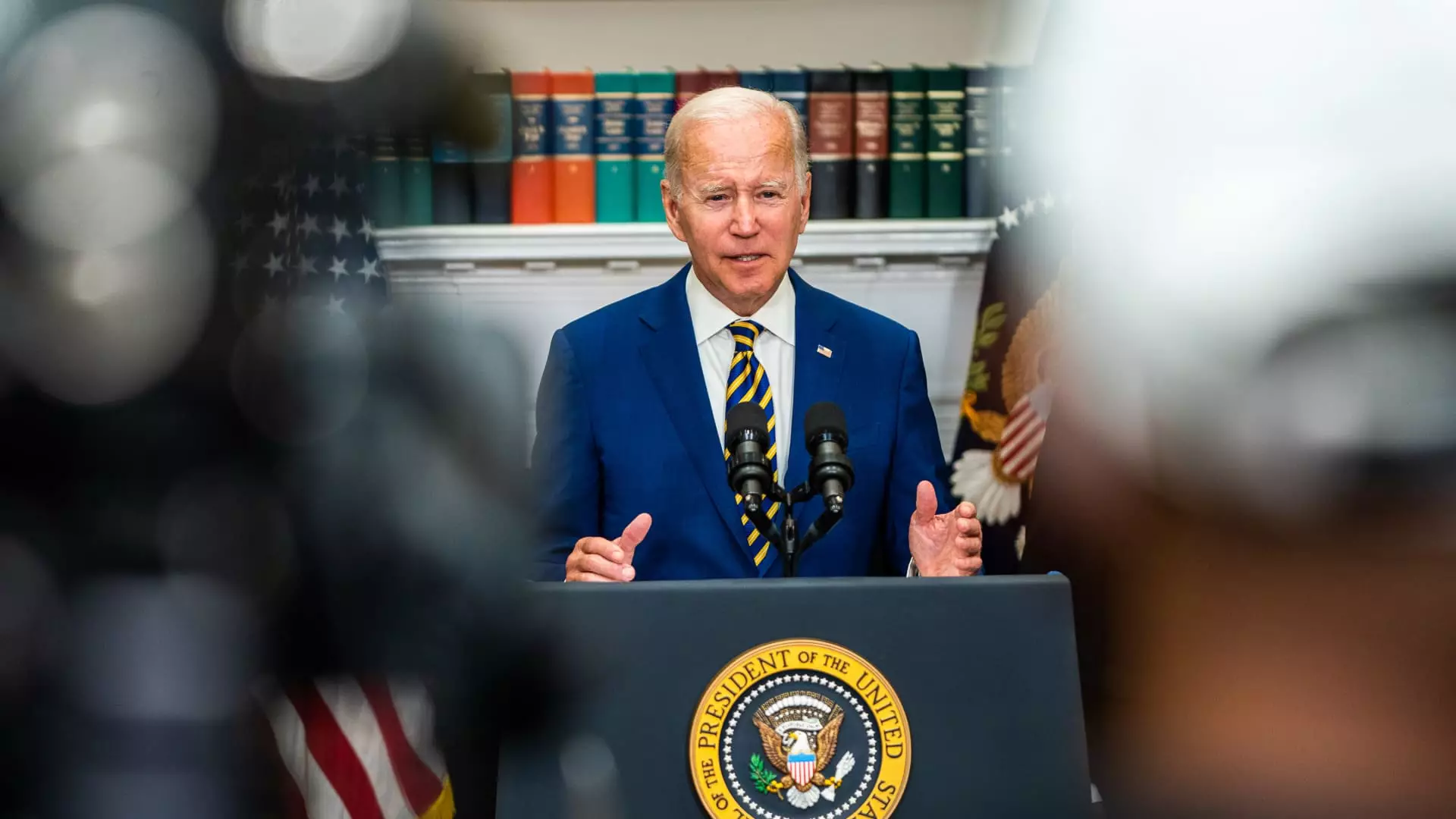The Biden administration recently announced that it will forgive $7.7 billion in student loans for over 160,000 borrowers. This move is aimed at reducing the burden of education debt on households and improving the overall financial well-being of these individuals. One of the key reasons for this relief is the enhancements made by the U.S. Department of Education to its income-driven repayment plans and the Public Service Loan Forgiveness program.
Education Secretary Miguel Cardona emphasized the administration’s commitment to providing student debt relief to millions of people across the country. The loan forgiveness includes significant amounts for borrowers pursuing Public Service Loan Forgiveness and those enrolled in income-driven repayment plans. Moreover, the introduction of the new income-driven repayment option, also known as the SAVE plan, is a step towards making education more accessible and affordable for students.
Despite the efforts of the Biden administration to address student loan debt, challenges persist within the education system. The Supreme Court’s rejection of President Biden’s student debt cancellation plan highlighted the limitations of the government’s authority in this area. However, the administration has been proactive in exploring alternative ways to provide relief to borrowers, such as leveraging existing loan forgiveness programs.
Improving Accessibility and Accountability
One of the main issues faced by borrowers in the past was the complexity and inaccessibility of loan forgiveness options. Many individuals struggled to navigate these programs and were not receiving the relief they were entitled to. For instance, the lack of proper accounting of borrowers’ timelines often led to delays in loan erasure under income-driven repayment plans. The Education Department’s commitment to reviewing these accounts in 2022 signifies a step towards addressing these challenges.
While the Biden administration’s efforts to forgive student loans are commendable, there are still significant challenges that need to be overcome to ensure that all borrowers receive the relief they deserve. By making loan forgiveness programs more accessible and transparent, the government can make a greater impact on reducing the financial burden of education debt on individuals and families.

